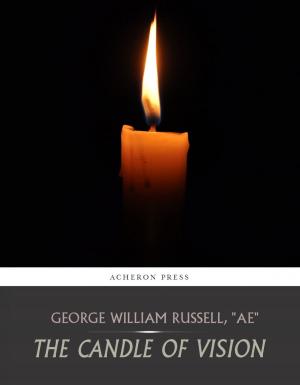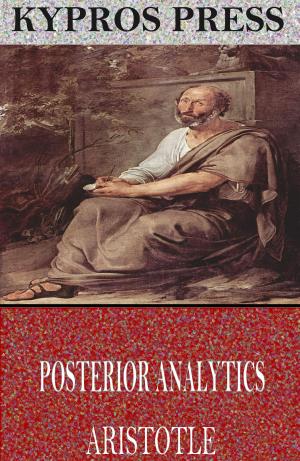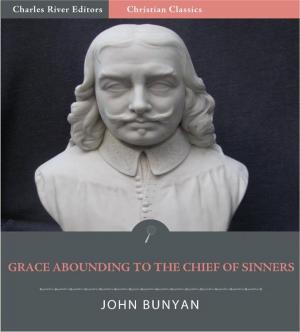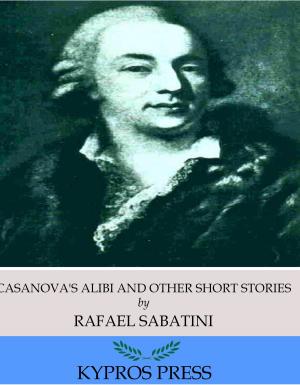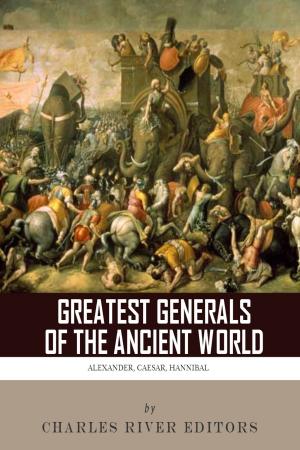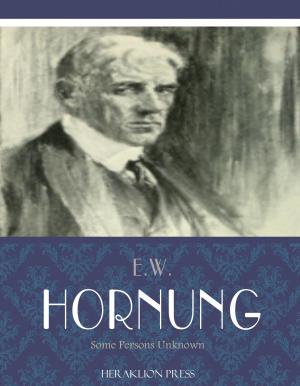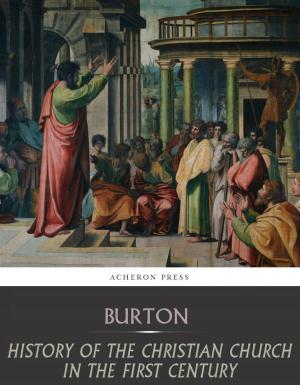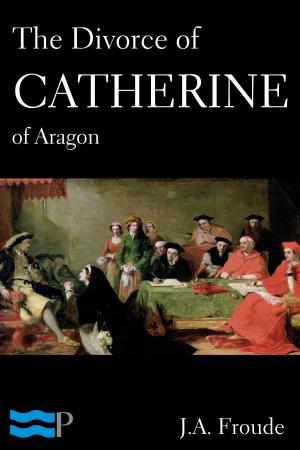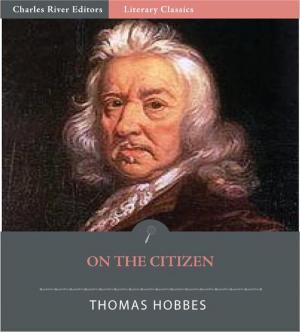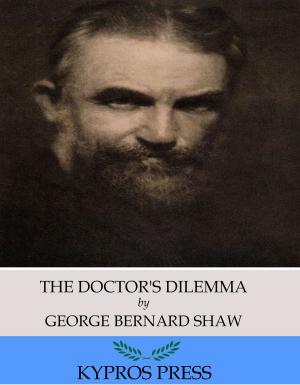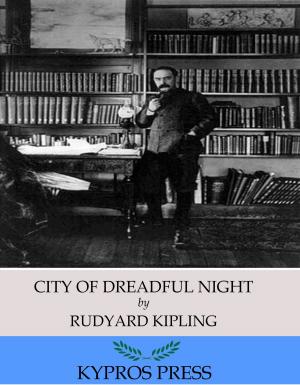| Author: | Barnabas | ISBN: | 9781619821453 |
| Publisher: | Charles River Editors | Publication: | January 18, 2012 |
| Imprint: | Language: | English |
| Author: | Barnabas |
| ISBN: | 9781619821453 |
| Publisher: | Charles River Editors |
| Publication: | January 18, 2012 |
| Imprint: | |
| Language: | English |
The Epistle of Barnabas is a Greek epistle containing twenty-one chapters, preserved complete in the 4th century Codex Sinaiticus where it appears at the end of the New Testament. It is traditionally ascribed to Barnabas who is mentioned in the Acts of the Apostles, though some ascribe it to another Apostolic Father of the same name, a "Barnabas of Alexandria", or simply attribute it to an unknown early Christian teacher. In the West the epistle never enjoyed canonical authority (though it stands beside the Epistle of James in the Latin manuscripts). In the East, the Stichometry of Nicephorus, the list appended by the 9th century Patriarch of Jerusalem to his Chronography, lists the Epistle of Barnabas in a secondary list, of books that are antilegomena "disputed. Although the work is not gnostic, the author, who considers himself to be a teacher to the unidentified audience to which he writes intends to impart to his readers the perfect gnosis that they may perceive that the Christians are the only true covenant people, and that the Jewish people had never been in a covenant with God. Barnabas quotes liberally from the Old Testament, including the apocryphal books. He quotes from the New Testament gospels twice and is in general agreement with the New Testament presentation of history.
The Epistle of Barnabas is a Greek epistle containing twenty-one chapters, preserved complete in the 4th century Codex Sinaiticus where it appears at the end of the New Testament. It is traditionally ascribed to Barnabas who is mentioned in the Acts of the Apostles, though some ascribe it to another Apostolic Father of the same name, a "Barnabas of Alexandria", or simply attribute it to an unknown early Christian teacher. In the West the epistle never enjoyed canonical authority (though it stands beside the Epistle of James in the Latin manuscripts). In the East, the Stichometry of Nicephorus, the list appended by the 9th century Patriarch of Jerusalem to his Chronography, lists the Epistle of Barnabas in a secondary list, of books that are antilegomena "disputed. Although the work is not gnostic, the author, who considers himself to be a teacher to the unidentified audience to which he writes intends to impart to his readers the perfect gnosis that they may perceive that the Christians are the only true covenant people, and that the Jewish people had never been in a covenant with God. Barnabas quotes liberally from the Old Testament, including the apocryphal books. He quotes from the New Testament gospels twice and is in general agreement with the New Testament presentation of history.

